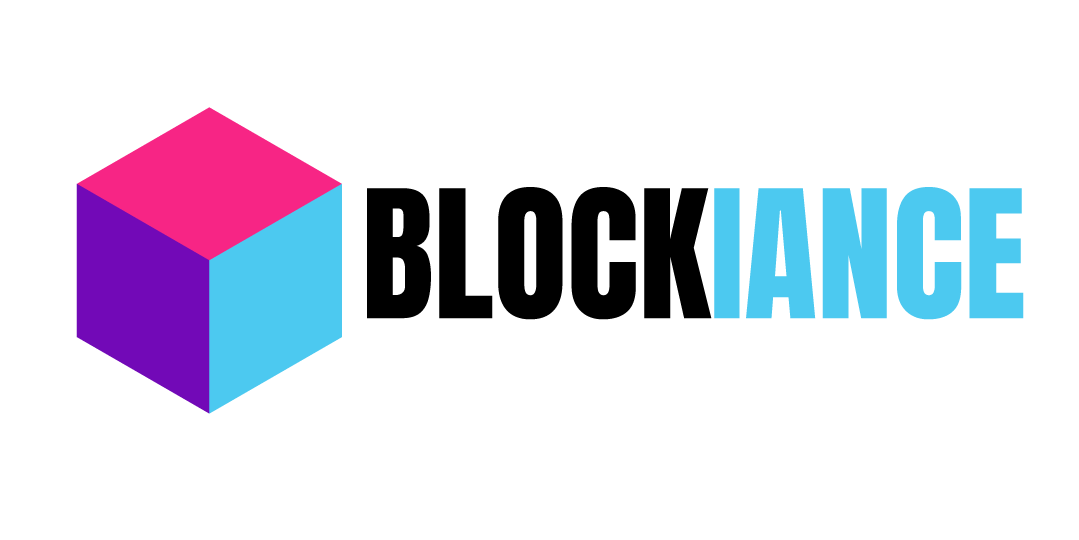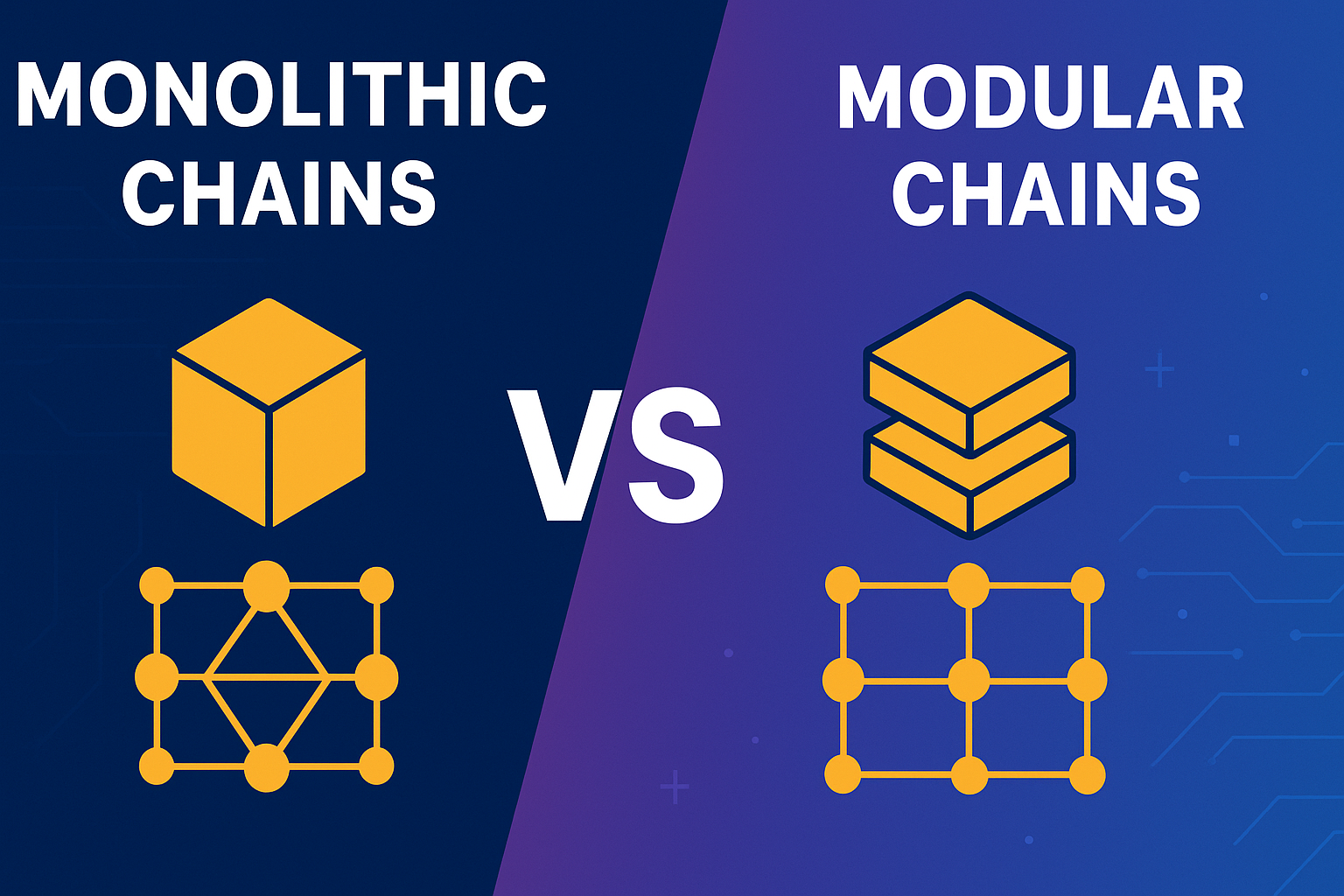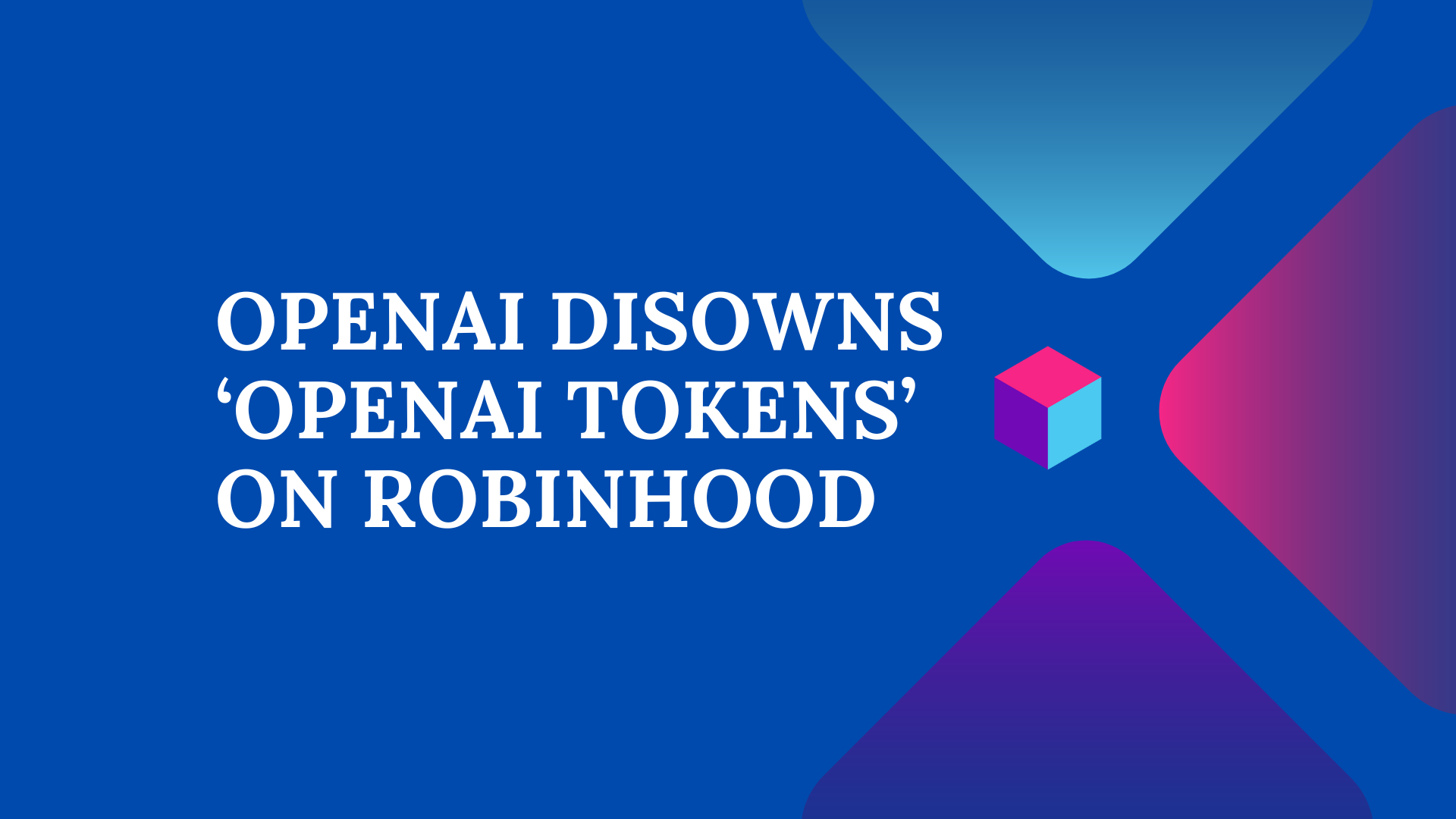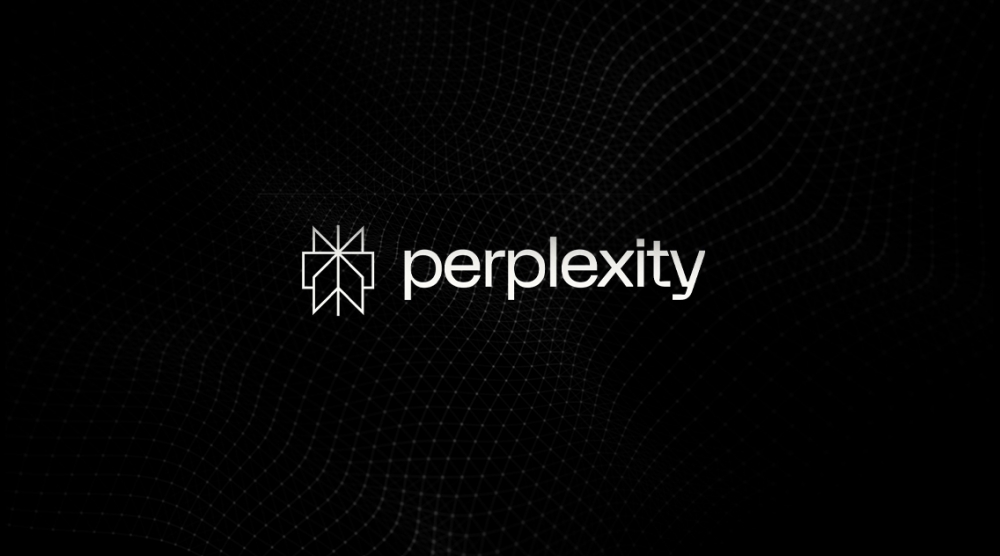Meta Launches Llama 4: Powerful Open-Weight AI Model Rivals Google and OpenAI

Meta, the parent company of Facebook, WhatsApp, and Instagram, has officially launched its latest suite of open-weight AI models under the Llama 4 series, marking a significant leap in the race toward accessible artificial intelligence. The new release includes multiple model variants, each designed to deliver high performance across different AI tasks while remaining open for public use—a move that directly positions Meta against rivals like Google, OpenAI, Mistral, and DeepSeek.
The open-weight nature of Llama 4 means that the models are publicly downloadable and can be run locally on powerful hardware without relying on third-party cloud APIs. While this enables greater control and experimentation for developers, there may still be some restrictions on how the models can be modified or used commercially, depending on licensing terms.
Today is the start of a new era of natively multimodal AI innovation.
— AI at Meta (@AIatMeta) April 5, 2025
Today, we’re introducing the first Llama 4 models: Llama 4 Scout and Llama 4 Maverick — our most advanced models yet and the best in their class for multimodality.
Llama 4 Scout
• 17B-active-parameter model… pic.twitter.com/Z8P3h0MA1P
Among the key models introduced are Llama 4 Scout and Llama 4 Maverick—both accessible through Meta’s official Llama platform and on Hugging Face. These models are built to enhance Meta AI, the company’s virtual assistant integrated across its platforms like Messenger, WhatsApp, and Instagram. A third model, known as Llama 4 Behemoth, stands out for its size and role as a training teacher for the rest of the Llama 4 family. With a massive architecture of nearly two trillion parameters, Behemoth is engineered to handle complex AI challenges, particularly in multilingual understanding, math problem-solving, and image-related tasks.
Llama 4 Scout is particularly impressive for its balance of efficiency and intelligence. Built with a mixture-of-experts (MoE) design, the model uses 17 billion active parameters out of 16 specialized expert modules, allowing it to process multimodal data such as text and images efficiently. Despite its capability to handle around 10 million tokens at once, Scout is optimized enough to run on a single Nvidia H100 GPU, reflecting Meta’s push toward accessible, high-performance AI development.
Behemoth, on the other hand, is not just the largest of the models but also acts as a foundational tool that fine-tunes and elevates the performance of the smaller variants. Its massive scale and multimodal capabilities have reportedly helped Meta surpass benchmark scores previously held by major players in the AI space, including Google’s Gemini 2.0, OpenAI’s GPT-4o, and Mistral’s latest models.
Meta has positioned this launch as more than just a technical upgrade—it’s a strategic statement about the future of open AI. The company claims that Llama 4 models outperform competing systems in core benchmarks related to mathematical reasoning, multilingual processing, and vision-language tasks. Even Sundar Pichai, CEO of Google, acknowledged the achievement publicly by congratulating Meta’s team via a post on X (formerly Twitter).
Never a dull day in the AI world! Congrats to the Llama 4 team, Onwards!
— Sundar Pichai (@sundarpichai) April 5, 2025
With this release, Meta is doubling down on its open-weight approach, betting that developer freedom, local operability, and transparency will set it apart in the AI arms race. As these models become more integrated into consumer-facing apps, and as developers start experimenting with their capabilities, the next few months may reveal just how much of an impact Llama 4 can truly make.

Edward is a technology journalist at Blockiance who focuses on the intersection of AI and blockchain. With a degree in artificial intelligence, he excels at explaining complex innovations to a broad audience. Edward’s forward-thinking reporting has earned him a growing readership in the tech community.









